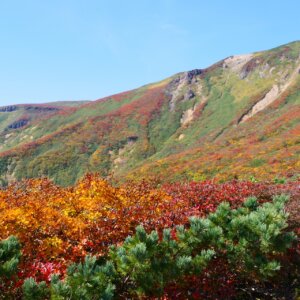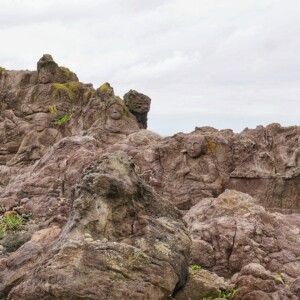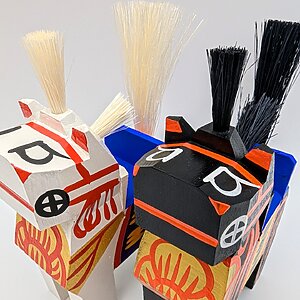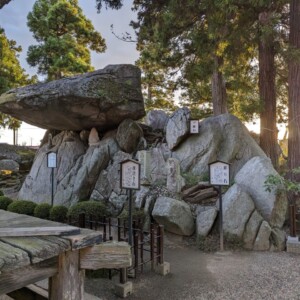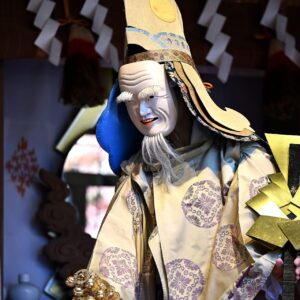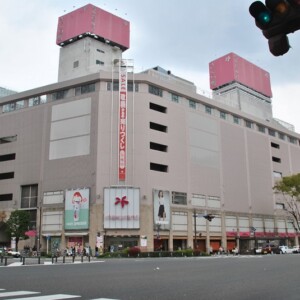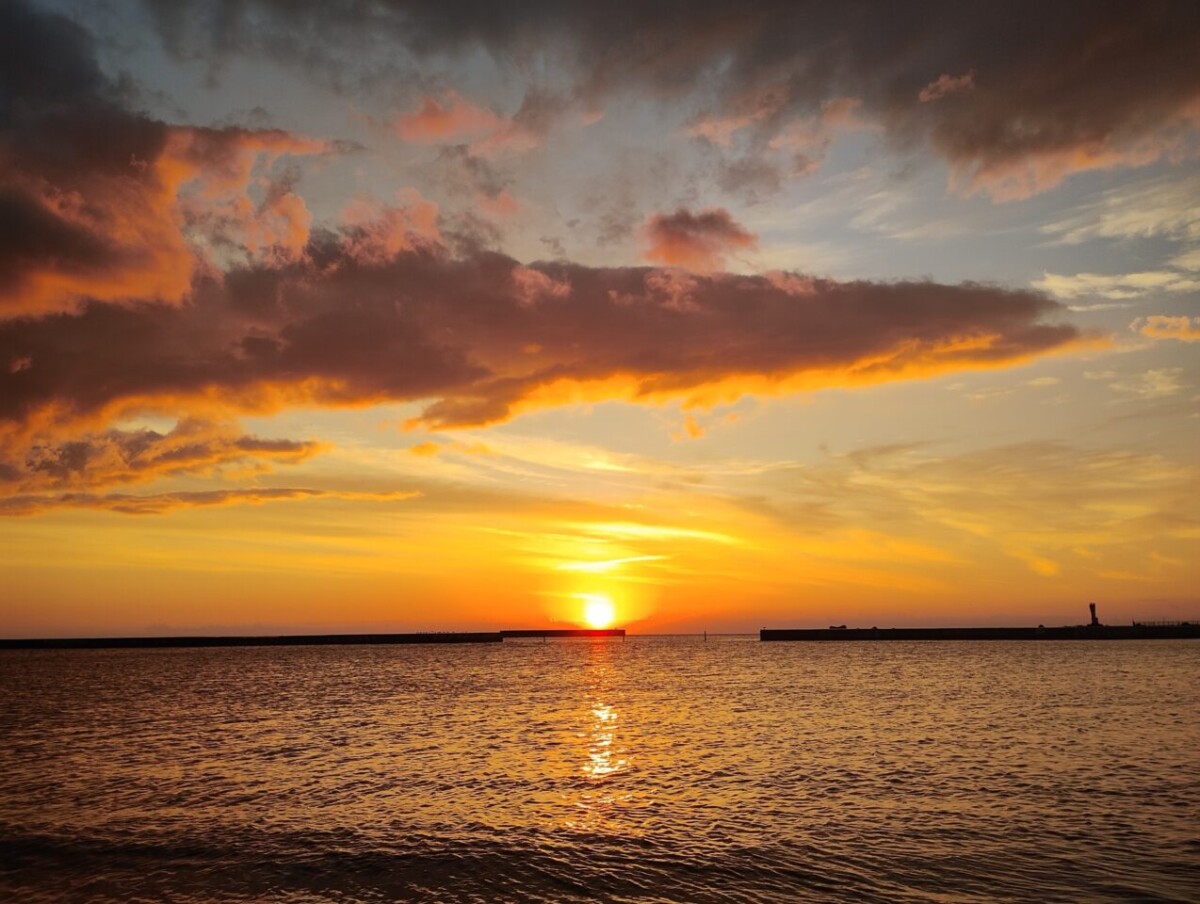
People from the Sendai domain have been travelling around the world due to a strange fate [Miyagi Prefecture]
table of contents
- 1 A trip around the world that started with drifting?
- 2 Crew members after the shipwreck, nearly dying
- 3 After washing ashore on a small island in the Aleutian Islands
- 4 Crew members (from the Sendai domain) who went to mainland Russia
- 5 The group heading to St. Petersburg
- 6 The five people have finally returned to Japan, what is their journey?
- 7 Several years have passed since the accident, and the long journey has come to an end.
- 8 summary
Did you know that the first person in Japan to circumnavigate the world was a member of the Sendai clan?
In this article, we will briefly explain the stories of people from the Sendai clan who, due to a strange fate, decided to travel around the world.
A trip around the world that started with drifting?
When we say "around the world," we think of some kind of adventure, diplomacy, or exploration, but the ship that originally set sail for Edo from Ishinomaki with rice and wood was off the coast of Shioyazaki (present-day Fukushima Prefecture). It is said that his trip around the world began when he was lost in an unprecedented storm in Iwaki City.
Crew members after the shipwreck, nearly dying
The time is November 1793 (Kansei 5), and as mentioned above, it began with a ship loaded with rice and wood from Ishinomaki and departing for Edo with a crew of 16.
The name of the ship that departed for Edo was the Wakamiya Maru .
However, just as they set sail, they unfortunately encountered a rainstorm off the coast of Shioyazaki. The ship veered off course from the coast of Shioyazaki and wandered the sea for about half a year.
It is said that the ship rode the tide straight from the coast of Shioyazaki, and the following year, in May 1974, it washed ashore on a small island in the Aleutian Islands, which stretches from the Alaska Peninsula to the Kamchatka Peninsula in the North Pacific Ocean.
It is recorded that all 16 crew members miraculously survived when the ship washed ashore on the Aleutian Islands.
It is said that while they were adrift, they were loaded with materials (rice, wood, etc.), so they had food, but they quickly ran out of drinking water, which meant they had to endure thirst.
Although all the crew members were washed ashore on a small island without losing a single person, the boatman died shortly after the ship was stranded.
After washing ashore on a small island in the Aleutian Islands
The crew of Wakamiya Maru, who lost their boatman and numbered 15, were rescued by local people and taken to Naatuka Island, where they spent about a year with the help of natives and Russians who hunted sea otters. It will be.
Then, in May 1795 (Kansei 7), it was sent to mainland Russia.
The ship crosses Siberia from Okhotsk, and the group heads to Irkutsk. However, on the way to Irkutsk, one of the Wakamiya Maru's crew members lost his life, probably due to the stress of the journey.
Crew members (from the Sendai domain) who went to mainland Russia
The 14 crew members will spend approximately eight years in Russia.
During their stay in Russia, they were able to convert to the Russian Orthodox Church and become naturalized in Russia, so during their stay in Russia they were divided into ``4 people who naturalized'' and ``10 people who wanted to return to Japan.''
However, one more person died during this long (eight years) stay.
In April 1803, things begin to change.
The 13 crew members of the Wakamiya Maru head to St. Petersburg to have an audience with Emperor Alexander I.
The group heading to St. Petersburg
It is unclear how they traveled to St. Petersburg, but on the way, three of them had to return to Irkutsk due to stress or illness.
The group of 10 people arrived safely in St. Petersburg, and after having an audience with Emperor Alexander I, their intention to return home was confirmed.
At this point, opinions were divided between the returnees and the naturalized group, and in the end, four people, Tsudayu, Gihei, Tajuro, and Sahei, wished to return to Japan, while the other six decided to remain in Russia. It was become a thing.
However, it is said that the repatriation of this group of castaways was intended to gain an advantage in trade negotiations with Japan.
The five people have finally returned to Japan, what is their journey?
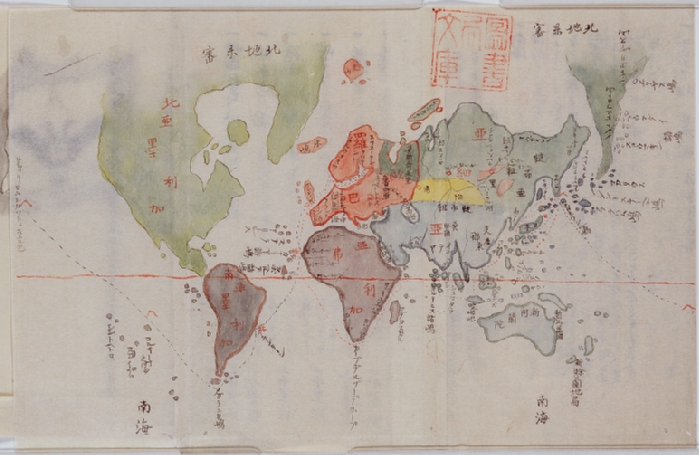
In July 1803, a total of five Zenroku (a naturalized group) who was to serve as an interpreter on the ship, and four others who wished to return to Japan.
Headed to Copenhagen (Denmark), then sailed from Falmouth (England) to Tenerife Island (Canary Islands), then to Santa Catarina, Brazil, the Marquesas Islands, and the Kamchatka Peninsula. One year and two months after leaving St. Petersburg, in 1804 ( It will arrive at Nagasaki Port in September
However, although they arrived in Nagasaki, negotiations between the shogunate and Russia did not go well, and the four members of the returning group, ``Tsudayu, Gihei, Tajuro, and Sahei,'' , were stranded in Nagasaki for a while. .
Several years have passed since the accident, and the long journey has come to an end.
In March 1805 (Bunka 2), the Shogunate and Russia reached an agreement and the four returnees were finally handed over to Japan.
However, even though they had reached an agreement, it was difficult for them to return to their hometown, and the first place they were sent from Nagasaki was the ``Sendai clan's mansion'' in Edo.
Here, the four people were interrogated by Dutch scholars Gentaku Otsuki and Hiroaki Shimura.
The contents of these interviews have been summarized as ``Kankai Ibun.''
Later, in 1806 (Bunka 11), the four returned to their hometown for the first time in 12 years, but Tajuro and Gihei died in the same year, Tsudayu in 1814 (Bunka 11), and Sahira the following year in 1829 ( He passed away in 12).
The naturalized group who remained in Russia is no longer known, but there are stories that they served as interpreters.
summary
The first Japanese trip to circumnavigate the world began with an unprecedented shipwreck, which greatly disrupted the lives of 16 people.
Perhaps there are descendants of the naturalized group in Russia today.
The story of this ``mysterious circumnavigation of the world'' was not well known, but the ``Ishinomaki Wakamiya Maru Castaways Association'' has been formed in Ishinomaki City, where the Wakamiya Maru departed, and investigations are still underway. Masu.
In addition, there is a memorial monument for the Wakamiya Maru crew members at Zenshoji Temple in Ishinomaki City, so it might be a good idea to take this opportunity to visit it.
Zenshoji Temple<Information>
- Address: 1-4-8 Yamashita-cho, Ishinomaki City, Miyagi Prefecture
- Guardian benefit: Ishinomaki Oshika 33 Temples Sacred Site 24th Temple
Google Map
Finally, I will provide detailed information about the 16 people who were on board the Wakamiya Maru, quoting from Wikipedia.
| post | full name | Age at time of accident | Birthplace | Steps after the accident |
|---|---|---|---|---|
| Offshore boatman (captain) |
Heibei | 31 | Oshika-gun Ishinomaki | Son of shipowner Heinojo Yonezawaya. On June 8, 1794, he died of illness in the Aleutian Islands. He passed away at the age of 32. |
| Kadori (helmsman) |
Sadayu | 51 | Kanpuzawa Island, Urato Islands, Miyagi District | On his way from Irkutsk to Petersburg, he fell ill due to illness and returned to Irkutsk. His fate after that is unknown. |
| Bribery (Secretary General) |
Gihei (Gihei) | 32 | Momou District Fukaya Murohama | He returned to Japan and returned to Murohama. He returned home and died in Bunka 3 (1806). He passed away at the age of 45. |
| Ship's father (Boardsman) |
Yoshiroji (Yoshiroji) | 67 | Oshika-gun Kotakehama | He died of illness in Irkutsk on February 28, 1799. He passed away at the age of 73. |
| Water owner (sailor) |
Tsudayu | 49 | Kanpuzawa Island, Urato Islands, Miyagi District | He returned to Japan and returned to Kanpuzawa. He died on July 29, 1814 (1814). He passed away at the age of 70. |
| Left side | 31 | Kanpuzawa Island, Urato Islands, Miyagi District | He returned to Japan and returned to Kanpuzawa. He died on April 12, 1829. He passed away at the age of 67. | |
| Taminosuke | 30 | Kanpuzawa Island, Urato Islands, Miyagi District | He was baptized in Irkutsk and became a naturalized Russian citizen. His baptismal name was Ivan Maitrovich Kiselyov. In Petersburg, he asked Tsar Alexander I to remain in Russia. His fate after that is unknown. | |
| Ginsaburo | 29 | Kanpuzawa Island, Urato Islands, Miyagi District | On his way from Irkutsk to Petersburg, he was forced to stop at Perm due to illness. Did he return to Irkutsk? In 1812, he was sick and bedridden. | |
| Mojiro | 29 | Oshika-gun Kotakehama | In Petersburg, he asked Tsar Alexander I to remain in Russia. He was then baptized and became a naturalized Russian citizen. Is his baptismal name Zakhar Buldakov? In 1812, he was working in the office of the Russo-American Company in Irkutsk. | |
| Ichigoro | 29 | Oshika-gun Ishinomaki | On October 23, 1796, he died of illness in Yakutsk on his way from Okhotsk to Irkutsk. He passed away at the age of 32. | |
| Yasaburo | 25 | Ishinomaki, Oshika District, Mutsu Province | He was baptized in Irkutsk and became a naturalized Russian citizen. His baptismal name was Semyon Gregorevich Kiselyov. In Petersburg, he asked Tsar Alexander I to remain in Russia. His fate after that is unknown. | |
| Zenroku | 24 | Oshika-gun Ishinomaki | He was baptized in Irkutsk and became a naturalized Russian citizen. His baptismal name was Pyotr Stefanovich Kiselyov. He became an assistant teacher at a Japanese language school in Irkutsk in 1796, and became a full-time teacher in 1815. In Petersburg, he asked Tsar Alexander I to remain in Russia. He joined Rezanov's flight to Japan, but disembarked at Petropavlovsk. He visited Hakodate in 1813 as an interpreter for the Russian side to take over Goronin. He died around Bunka 13 (1816). He passed away at the age of 47. He also took care of Japanese people who were stranded in Russia and taken away, such as Tsugiemon and Goroji Nakagawa. | |
| Tajuro | 23 | Momou District Fukaya Murohama | He returned to Japan and returned to Murohama. He died on April 1, 1806. He passed away at the age of 36. | |
| Tatsuzo | 22 | Ishihama, Miyagi District | He was baptized in Irkutsk and became a naturalized Russian citizen. His baptismal name was Andrei Alexandrovich Kondratov. In Petersburg, he asked Tsar Alexander I to remain in Russia. As of Bunka 9 (1812), he was working at the Tomsk carriage station. | |
| Seizo | unknown | Oshika-gun Ishinomaki | On his way from Irkutsk to Petersburg, he fell ill due to illness and returned to Irkutsk. By 1812, he was a sailor plying between the Angara River and Lake Baikal. | |
| Cooking (sailor apprentice) |
Minosuke | 21 | Oshika-gun Ishinomaki | In Petersburg, he asked Tsar Alexander I to remain. He was then baptized and became a naturalized Russian citizen. Is his baptismal name Mikhail Zelalov? By 1812, he was a sailor plying between the Angara River and Lake Baikal. |



![Scary and slightly sad stories... "Michinoku Otogi Kaido" with many stories left behind [Shichigasyu-cho, Shiraishi City, Miyagi Prefecture] Fairytale images](https://jp.neft.asia/wp-content/uploads/2023/04/be73b392233d2fe609797e999f8ca547-1-150x150.jpg)
![Kurikoma foot Geopark learned from large-scale landslide disasters [Miyagi Prefecture] Autumn leaves of Mt. Kurikoma](https://jp.neft.asia/wp-content/uploads/2023/08/22090138_m-150x150.jpg)
![Demon's Jigokudani Promenade! The geyser of the steam is truly a hellish sight! ? [Miyagi Prefecture] 5148713_m](https://jp.neft.asia/wp-content/uploads/2023/08/5148713_m-150x150.jpg)
![The timber rocks in Shiraishi Obara are natural phenomena, and are spectacular spots with columnar joints! [Miyagi Prefecture] FE8E1C5D-891F-4A2B-B0BB-BB4536BF6858_105_c](https://jp.neft.asia/wp-content/uploads/2023/07/FE8E1C5D-891F-4A2B-B0BB-BB4536BF6858_1_105_c-150x150.jpeg)
![[Miyagi Prefecture] Remember the Miyagi dialect! “So,” “suddenly,” “good morning socks”? good morning socks](https://jp.neft.asia/wp-content/uploads/2023/09/fashion_kutsushita_ana-150x150.jpg)
![The place you should not come and the phantom checkpoint "Nakura no Seki" written in waka poetry [Fukushima Prefecture] 0438-016](https://jp.neft.asia/wp-content/uploads/2022/11/0438-016-150x150.jpg)
![[Tohoku] Where should we go during Golden Week in 2023? How about visiting zoos and aquariums in Tohoku? 26245129_m](https://jp.neft.asia/wp-content/uploads/2023/04/26245129_m-150x150.jpg)
![[Serialization: Following the narrow path in the back part 2] After arriving in Miyagi Prefecture, Basho and Sora aim for Sendai, the capital of forests. Oku no Hosomichi 2](https://jp.neft.asia/wp-content/uploads/2023/09/f05201ee29d975b84ec437a8b76f2b98-150x150.jpg)
